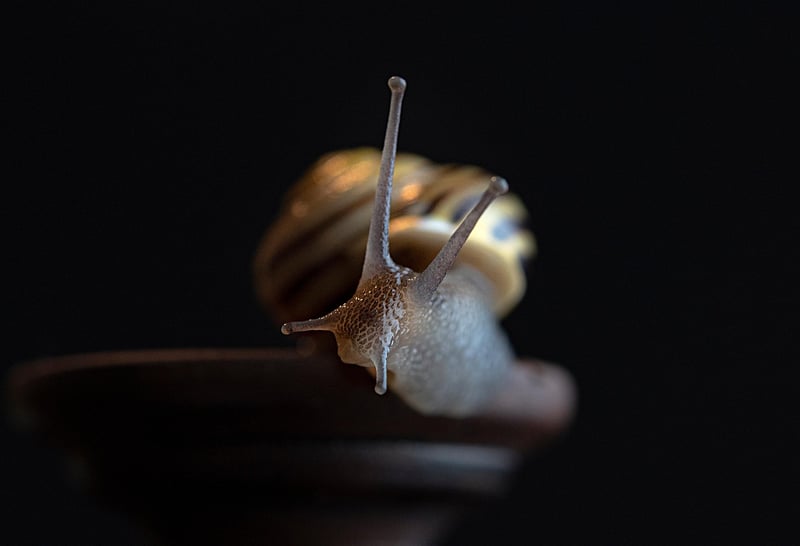Identifying Common Pests
Protecting Your Urban Garden and Identifying Common Pests
Introduction to Urban Gardening
Urban gardening is a rewarding activity that allows city dwellers to cultivate plants, flowers, and vegetables even in limited spaces. Whether you have a small balcony, rooftop, or windowsill, urban gardening can be a fulfilling and sustainable way to connect with nature.
Benefits of Urban Gardening
- Improves air quality
- Enhances aesthetic appeal
- Provides fresh produce
- Promotes relaxation and stress relief
- Supports biodiversity
Protecting Your Urban Garden
While urban gardening has numerous benefits, it also comes with its challenges, such as pests that can damage your plants. Here are some tips to protect your urban garden:
1. Choose Resilient Plants
Opt for plants that are known to be resilient and resistant to common pests in urban environments. Examples include marigolds, lavender, and rosemary.
2. Use Natural Pest Control Methods
Avoid harsh chemicals and opt for natural pest control methods such as neem oil, diatomaceous earth, or companion planting.
3. Regularly Inspect Your Plants
Check your plants regularly for any signs of pest infestations such as holes in leaves, chewed stems, or unusual discoloration.
Identifying Common Pests
It's essential to be able to identify common pests that may attack your urban garden. Here are some of the most prevalent pests:
Aphids
Aphids are small, pear-shaped insects that feed on plant sap and can cause wilting and yellowing of leaves.

Slugs and Snails
Slugs and snails are mollusks that feed on plant leaves and stems, leaving behind a slimy trail.

Caterpillars
Caterpillars are larvae of moths and butterflies that can devour plant leaves and fruits.

By being proactive in protecting your urban garden and identifying common pests, you can ensure a thriving and healthy garden in your city oasis.
